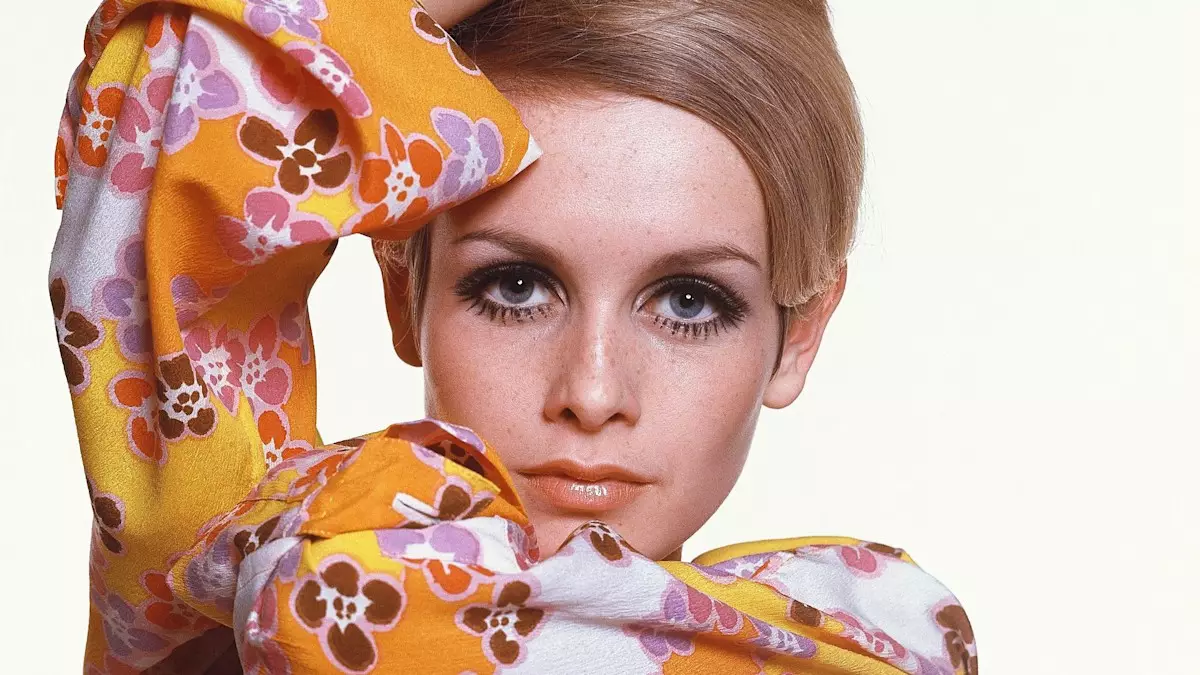Few figures in the history of fashion possess the unique cultural significance and transformational impact that Twiggy has had on British style and beyond. Born Lesley Lawson, Twiggy emerged as a beacon of the ‘Swinging Sixties,’ a period marked by a radical shift in social norms, music, and of course, fashion. This was a decade that witnessed London becoming the pivotal hub of style and youthful rebellion, and Twiggy was its quintessential muse. Her androgynous appearance, accentuated by a striking pixie haircut and distinctively bold eye makeup, redefined beauty standards and set the stage for a new type of modeling that valued individuality over convention.
Twiggy’s quick ascent to fame, often marked by her own disbelief, underscores the unpredictable nature of the fashion industry. In mere months, the “skinny little thing” who was told she was “too short” to model became a household name, gracing the covers of prominent fashion magazines like Vogue and Elle. This meteoric rise illustrates not only her unique look but also the shifting perceptions of beauty and femininity during a time of significant cultural upheaval.
As an undisputed icon of the mod scene, Twiggy’s influence extended well beyond the realm of fashion. She epitomized a cultural ethos and resonated with the rebellious spirit of her generation. It’s worth noting that her persona was not solely about her appearance; it was her blend of playful charm and sophistication that captured the hearts of many. Standing shoulder to shoulder with legends like The Beatles and trailblazers like Mary Quant, Twiggy embodied the zeitgeist of the 1960s, representing a youth culture that craved authenticity and a departure from traditional norms.
The legacy of Twiggy can be seen in contemporary fashion trends, where minimalism and a certain androgynous aesthetic often reign. Her influence persists in the designs of today’s fashion houses, demonstrating that her vision of style continues to inspire new generations. The modern ethos of ‘less is more’ can often be traced back to the fearless fashion choices Twiggy made decades ago.
Beyond Modeling: A Multifaceted Career
After leaving the modeling scene in 1970, Twiggy seamlessly transitioned into a career in acting, displaying her versatility and artistic range. Her role in “The Boy Friend” not only showcased her talent but earned her two Golden Globes, underscoring her transition into a successful acting career. This evolution reflects her ability to continuously reinvent herself, an essential quality for anyone seeking longevity in the ever-changing world of entertainment.
In addition to acting, Twiggy has enjoyed a flourishing career in music and television. Her knack for reinvention and adaptability has allowed her to maintain a prominent place in popular culture throughout the decades. Through her various endeavors, it is clear that she has not simply rested on her laurels as a supermodel but has actively sought to expand her artistic horizons.
Personal Life and Legacy
Twiggy’s personal life has had its share of ups and downs, including two significant marriages and the loss of her first husband. Despite the challenges, she has managed to find stability and happiness again, particularly with her second husband, Leigh Lawson. Their story reflects the importance of resilience and adaptation, similar to her professional journey. Lawson became a supportive partner and a father figure to her daughter, Carly, further solidifying the notion that family and love are as significant as professional success.
Carly Lawson, following her mother’s illustrious path, has chosen a quieter life away from the public eye. She has pursued her own creative interests, showing that while Twiggy’s fame is monumental, her daughter’s journey is equally valid in its own right.
In her reflections, Twiggy has revealed insights into her personal preferences, highlighting her love for tailored fashion that marries comfort with style. This continues to demonstrate a grounded practicality amidst her legendary status—a reminder that true style is about personal expression rather than mere trend-following.
In essence, Twiggy’s impact transcends the confines of the fashion world; she symbolizes an enduring spirit of cool that redefines expectations and embraces individuality. Her legacy serves as a marker of cultural transformation, and her journey illustrates the power of authenticity. Whether through her iconic looks, her artistic endeavors, or her personal narrative, Twiggy remains a key figure in both British culture and the global landscape of fashion. As we look back on her contributions, it’s evident that her influence is as relevant today as it was during her rise to fame, making her a timeless fashion revolutionary whose story continues to inspire.

